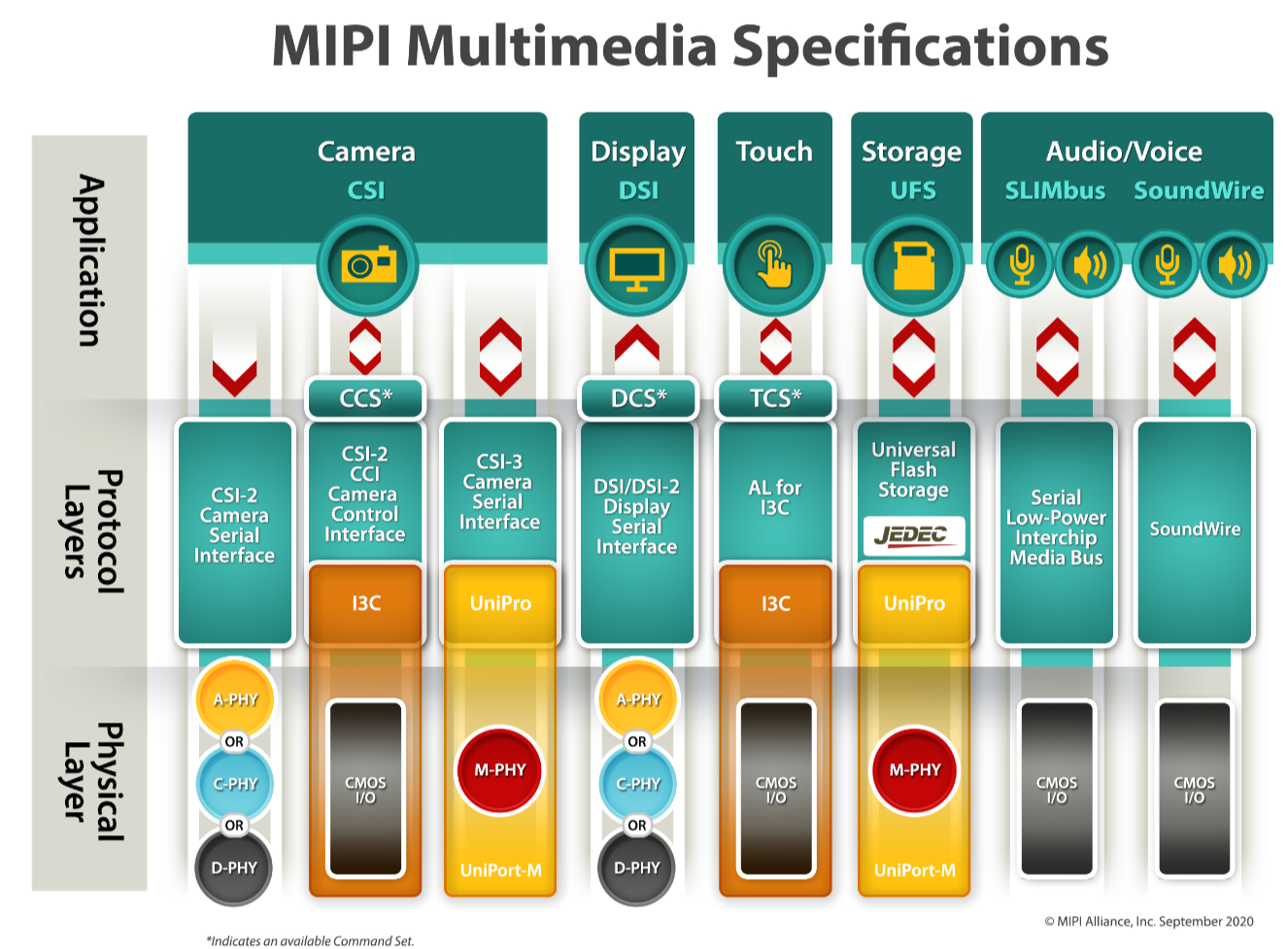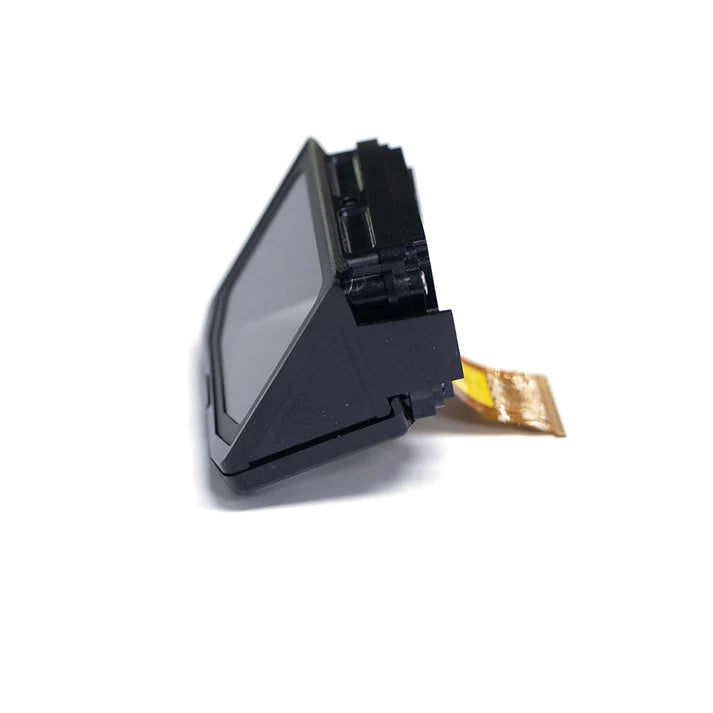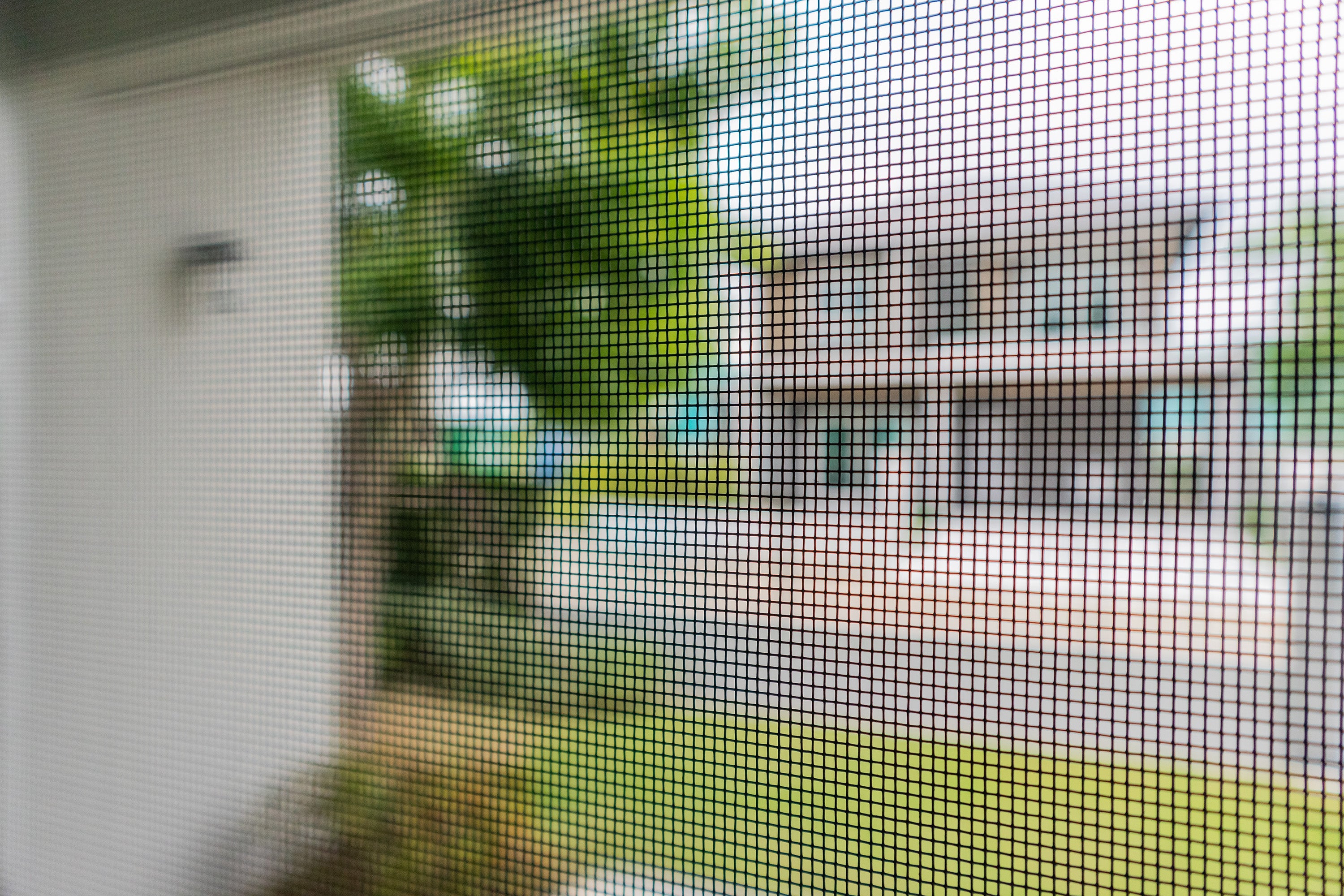Virtual Reality (VR) technology is becoming increasingly popular, promising immersive experiences for users. However, many VR devices are affected by a visual phenomenon known as the "screen door effect." This article will provide a professional explanation of the screen door effect, including its characteristics and causes, its impact on the VR experience, and potential solutions to address this issue.
I. Introduction to the Screen Door Effect
The screen door effect is a visual artifact that occurs in VR and other display technologies. It is caused by the gaps between the pixels of a display, which create a grid-like pattern resembling a screen door or window mesh. This effect can be particularly noticeable in VR headsets, where the display is positioned very close to the user's eyes.

II. Causes of the Screen Door Effect
- Resolution: Lower-resolution screens have fewer pixels, resulting in larger gaps between them, which can make the screen door effect more pronounced.
- Pixel layout: Different types of displays may use different pixel layouts, which can also affect the visibility of the screen door effect.
- Optical systems: The lenses and optical systems in VR headsets magnify the image on the screen, making the screen door effect more noticeable.

III. Impact on the VR Experience
The screen door effect can detract from the overall immersion and realism of the virtual environment. It can be distracting for users, making it harder for them to become fully engaged in the experience. The grid-like pattern can also reduce the sharpness and clarity of the image, diminishing the visual quality of the VR content.
IV. Solutions to Address the Screen Door Effect
- Higher-resolution displays: Increasing the resolution of the display results in more pixels and smaller gaps between them, reducing the screen door effect. Many high-end VR headsets now use displays with higher resolutions to alleviate this issue.
- Improved pixel layout: Adjusting the arrangement of pixels can help reduce the visibility of the screen door effect. For example, some displays use a diamond-shaped pixel layout to minimize the gaps between pixels.
- Advanced optical systems: Optimizing the lenses and optical systems in VR headsets can help minimize the screen door effect. Techniques such as diffusion filters and anti-aliasing algorithms can be used to blur the pixel edges and reduce the grid-like appearance.
V. Conclusion
The screen door effect is a prominent visual issue in VR technology, affecting user immersion and realism. While current solutions can help mitigate this effect, there are still many technical challenges to overcome. As display technology and optical systems continue to advance, we can expect future VR devices to offer increasingly immersive and realistic experiences, ultimately eliminating the screen door effect.
Read more

Introduction MIPI : Mobile Industry Processor Interface.MIPI Alliance was founded in 2003 by ARM, Nokia, ST,TI etc., including Phone manufacturers, semiconductor manufacturers, software manufacture...

In recent years, Augmented Reality (AR) and Virtual Reality (VR) devices have made significant technological advancements, attracting more and more users. To provide better visual experiences, many...



Leave a comment
This site is protected by hCaptcha and the hCaptcha Privacy Policy and Terms of Service apply.